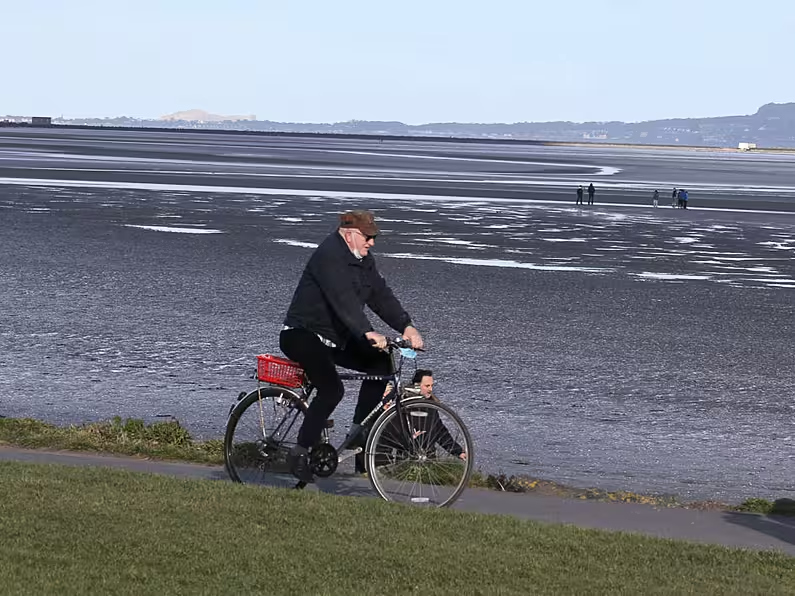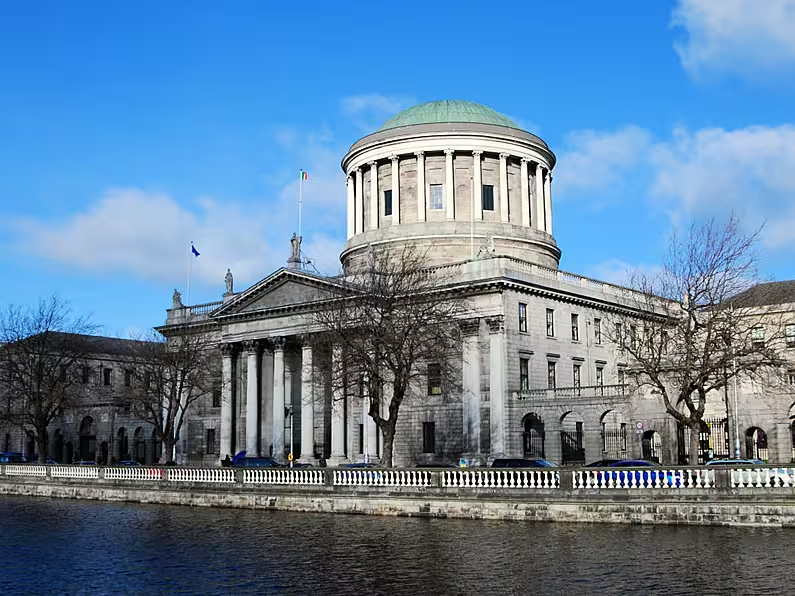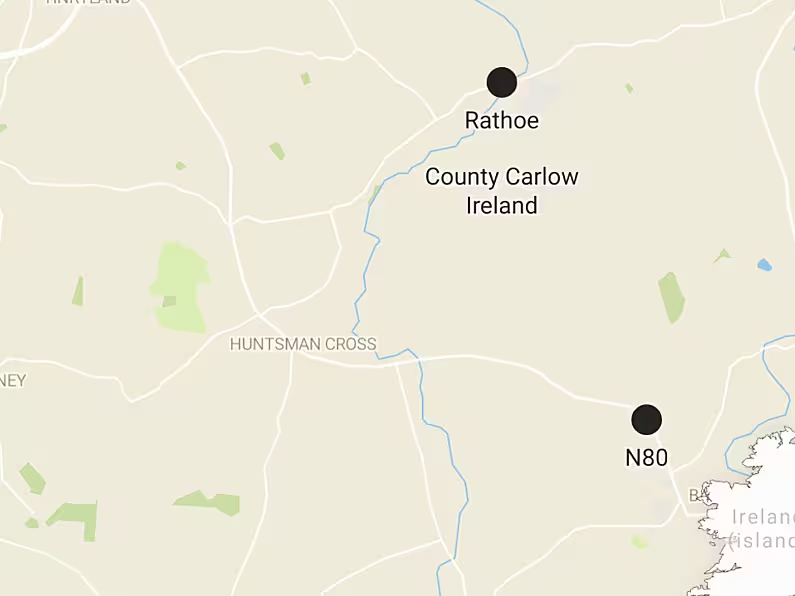The way the Sandymount cycleway was planned was a “particularly extreme example” of the public being excluded from proper participation, the High Court has been told.
There is also evidence that, far from just being a six-month trial, if deemed successful by Dublin City Council it is intended the cycleway should remain in place permanently, said Neil Steen SC, for two people who have taken a challenge against the council over the plan.
The cycleway works were put on hold earlier this year as a result of the legal challenge by local resident and retired EU civil servant Peter Carvill of the Serpentine Avenue, Tritonville and Claremont Roads group and by local independent councillor Mannix Flynn.
They say the scheme will cause considerable inconvenience and traffic disruption for local residents and businesses which has not been properly taken into account by the council.
They claim the council is wrong to say it is exempt development because it was a traffic-calming measure.
Sandymount Strand
They also argue the council incorrectly decided the project did not require an environmental impact assessment (EIA) and appropriate assessment (AA). The road adjoins Sandymount Strand which is a special area of conservation.
Opening the case, Mr Steen said the project will involve turning what is currently a two-way vehicular stretch from the Sean Moore Road/Strand Road up to the Merrion Gates into a single outbound lane with the other lane used as a two-way cycle track.
The council says it is for a trial period but also says that without it, it would be difficult to create a high quality 10 km protected “coastal mobility route” from Sutton to Sandycove.
It involves a more than doubling of vehicular traffic being diverted onto the main Merrion Road. However, for “some utterly inexplicable reason” the effect of the cycleway on that road has been entirely left out of the council's report, counsel said.
The residents' concerns about the traffic data had not been taken into account including the fact that the DART line Merrion gates are closed for up to 30 minutes at peak time with consequent traffic tailbacks, he said.
The council had carried out a screening process, as required under the EU Habitats Directive on protecting the environment, and decided an EIA and AA were not required.
It also decided the development did not need to be sent for a decision to An Bord Pleanála on the basis it was a road traffic-calming measure.
The council says the cycleway will improve the amenity of the area which means more people will be attracted to it and the consequent impact on the environment, counsel said.
Public participation
That meant an EIA and AA was required and if that was so the issue of public participation in the decision, as required by EIA and Habitats Directive, came into play, counsel said.
This project however was entirely driven at official level in the council unlike other council-own projects, such as housing schemes, which at least require that councillors can have a say over whether they should go ahead, he said.
The council had been judge, jury and executioner for something that was “a particularly extreme example of the public being excluded from the consultation process”, he said.
Trial period
The council, in its statement of opposition, says the cycleway is for a trial period and that other trial projects have been ended when found to be unsuccessful.
It says an external consultant's report on the cycleway was adopted by the council and there was no pre-judgment of the issue of EIA and AA reports as alleged by the residents.
In relation to claims of traffic disruption it says there are a number of alternative routes for vehicular traffic.
The case continues before Mr Justice Charles Meenan.











